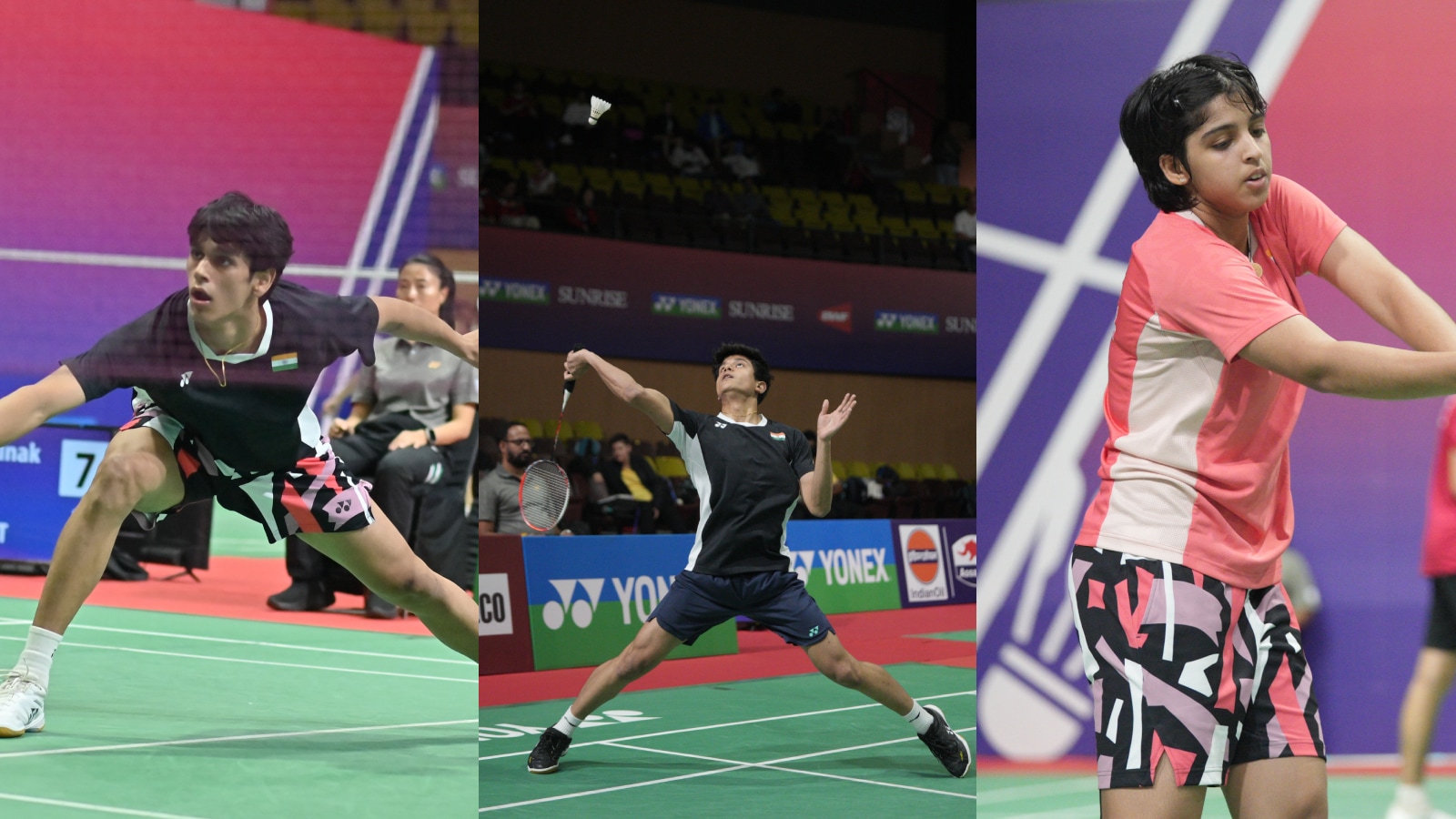ARTICLE AD BOX
An hour of play early morning on Tuesday was enough for India to avoid any mishaps against the West Indies and take a comfortable victory in the second Test at the Feroz Shah Kotla ground to clean sweep the series 2-0.
KL Rahul’s unbeaten 108-ball 58 would lead the way for the hosts, who romped to the 121-run target within just 18 overs in the morning session here on Tuesday. After enforcing the follow-on and seeing a couple of defiant stands from West Indies, India were sent into chase late on Monday, but made easy work of the 58 runs they needed with nine wickets in hand on the fifth day of the match.
Despite the dominant performance over an inferior West Indies team, outplaying the opposition here after doing so in their innings victory in Ahmedabad last week, coach Gautam Gambhir said he was dissatisfied with one thing in the national capital: the pitch.
Story continues below this ad
“I thought that we could have had a better wicket here,” Gambhir told reporters. “I think the nicks need to carry at least. That was a bit alarming. I think there has to be something for the fast bowlers as well. I know we keep talking about spinners playing an important role, but when you’ve got two quality fast bowlers in your ranks, you want them to be in the game.”
“I think the first and foremost thing to keep Test cricket alive is playing on good surfaces,” he added.
The series victory allowed India to tick quite a few boxes. They won their first Test series under skipper Shubman Gill. They won their first Test series in 12 months and only the second under Gambhir. Their batters were in the runs, five of them hitting tons in the two Tests and the likes of Sai Sudharsan and Dhruv Jurel proving that they are worthy of a place in the team. Their bowlers played in two different kinds of venues and took 40 wickets.
But the key takeaway from the series, and also the key question, is about how this new look India side, that looks settled in for the next few years, will be able to make the most of the conditions that they roll out at home.
Story continues below this ad
In the last few years, India had opted for square turners with uneven bounce which makes batting against spin challenging. But with their own batters failing to live up to the unpredictable turning conditions and average opposition tweakers having had field days in India, most recently in the ignominious 0-3 washout against New Zealand late last year, they have moved away from that ploy.
The idea is to have more balance in the pitches and have enough in it for both batters and bowlers; a perfectly sound roadmap in theory but much harder to execute in practice. Pitch-making is more nuanced than it has seemed when India has put out these rank turners. It is not an exact science.
A day after Gill had explained the idea of putting out more balanced wickets in Ahmedabad, the surface would show signs of life; with it being greener than usual. Mohammed Siraj and Jasprit Bumrah found plenty of assistance to run through the team. In Delhi, India requested for a slow turner, as vice-captain Ravindra Jadeja confirmed during the game.
But the black soil tracks in Delhi do not offer seam and bounce; it has an infamous reputation of producing either pitches that turn from Day 1 or totally docile decks, the latter being on show for this week’s match. Without any pace, and low bounce, wicket-taking for even the most refined bowling lineup becomes a challenge; India had to bowl 200 consecutive overs across two days to pick up 20 wickets, and the first wicket to pace fell on Day 3. This time around, it did not even disintegrate enough to provide sharp turn on the last day, despite the weather staying relatively hot. Gambhir’s gripe, then, is not consistent with the recent history of Test cricket at his former home ground.
Story continues below this ad
India’s team management seems to have a clear-headed vision going forward. They back their bowlers to come good for them in any conditions. The combination of Bumrah-Siraj and Jadeja-Kuldeep Yadav gives them an edge in different circumstances. But even then, as the Delhi Test threatened, there are possibilities that flatter tracks with less life in them may mean they do not get a result, which may not threaten a series defeat but will result in crucial points lost in the pursuit of reaching the final of the World Test Championship.
With two wins, India picked up 24 points to go third in the WTC table, and they would like to rise even more after the two Tests they play against defending champions South Africa at home next month. But with South Africa currently playing, and struggling, against Pakistan on a rank turner in Lahore, will India be tempted to relapse and put out wickets that assist the spinners? If not, will their bowlers be able to run through a far superior batting lineup than that of the Windies?
Seeking balance is an admirable thing. India have certainly found it in a Test lineup that has found its feet after transitioning from some former mainstays. Finding it in their home conditions, though, will be a far more challenging proposition.










 English (US) ·
English (US) ·